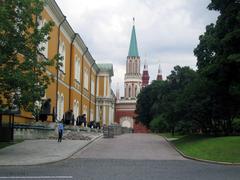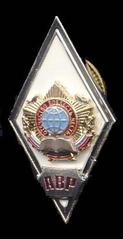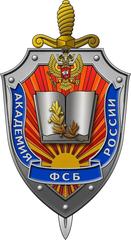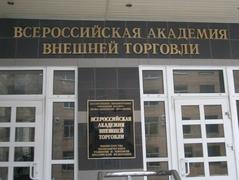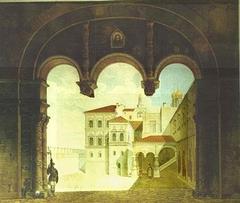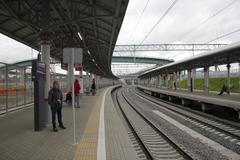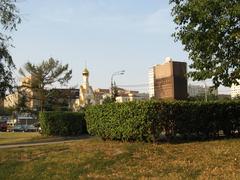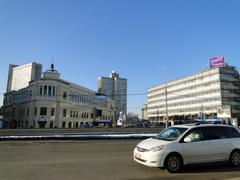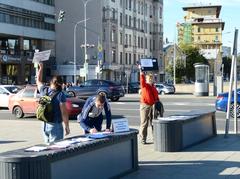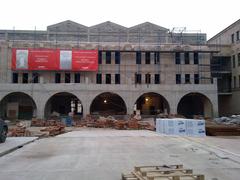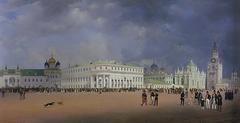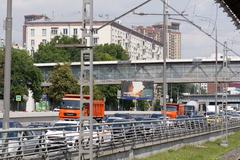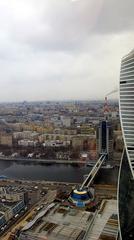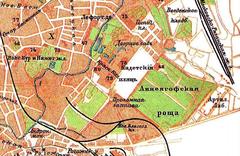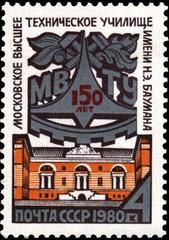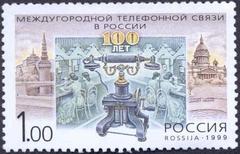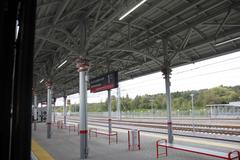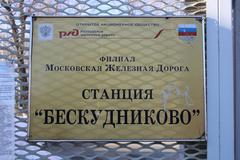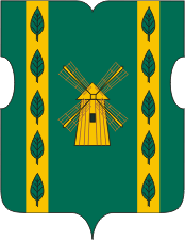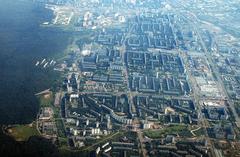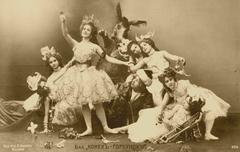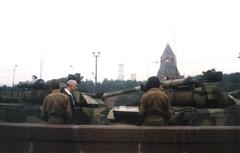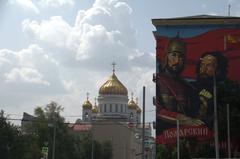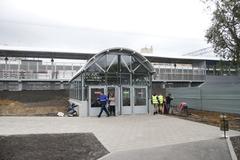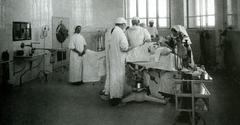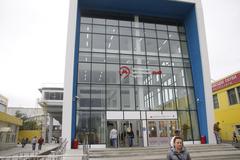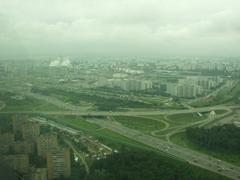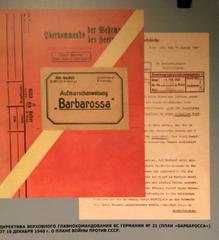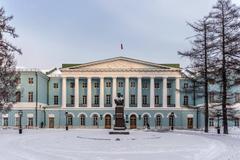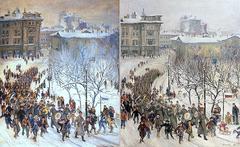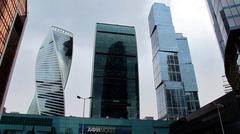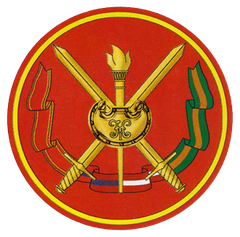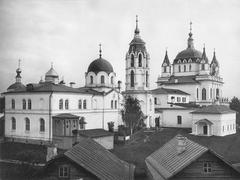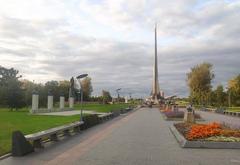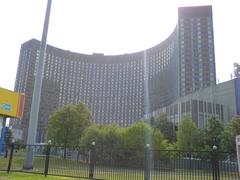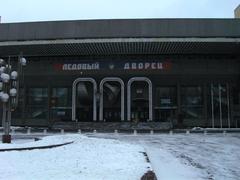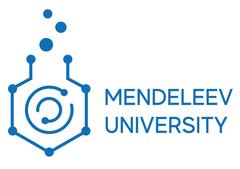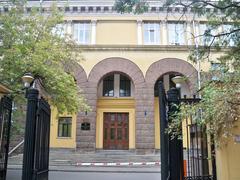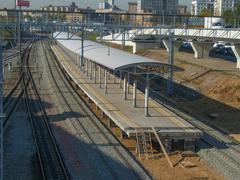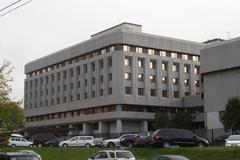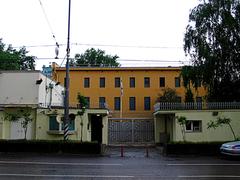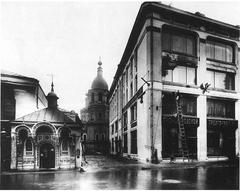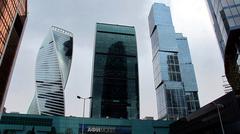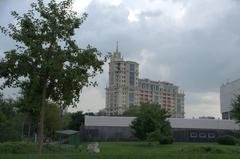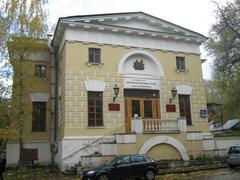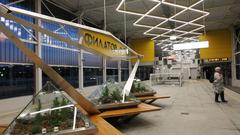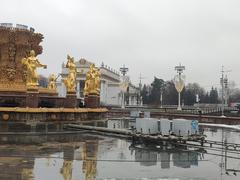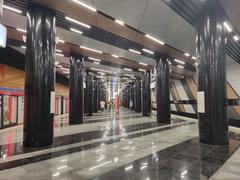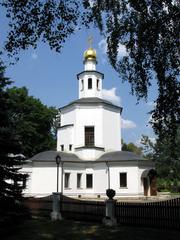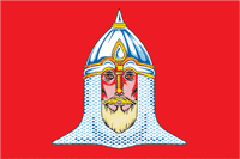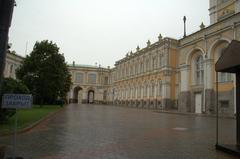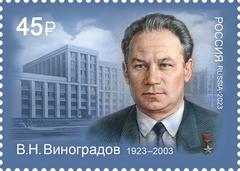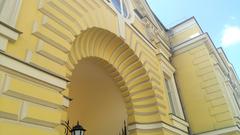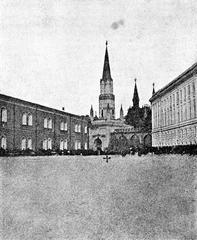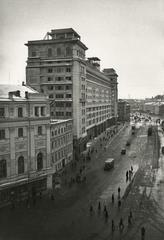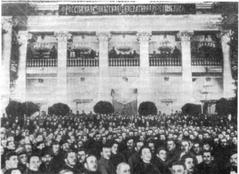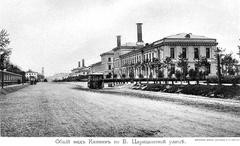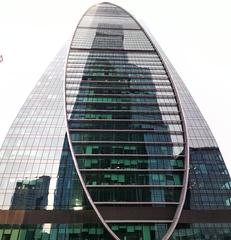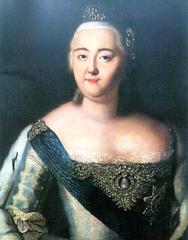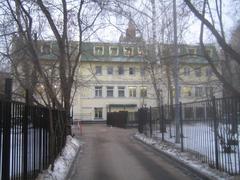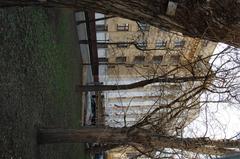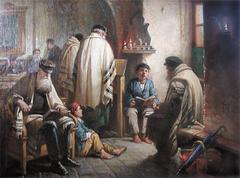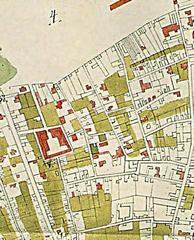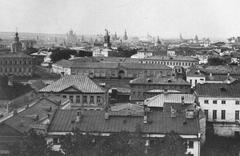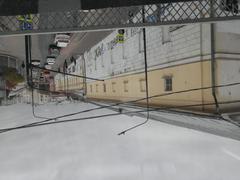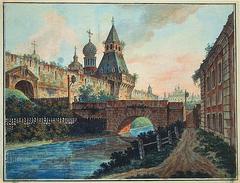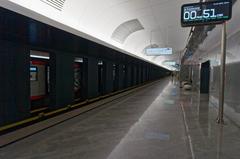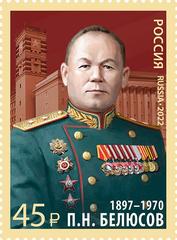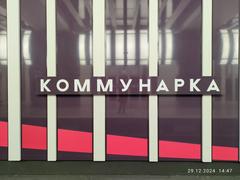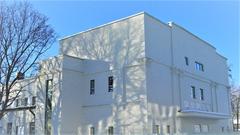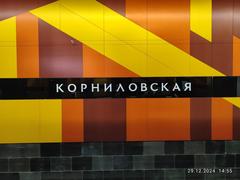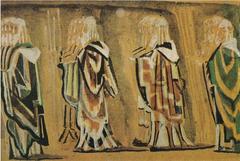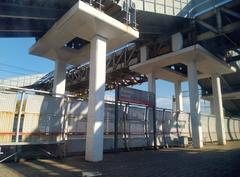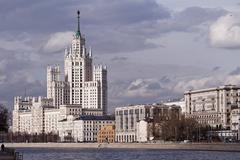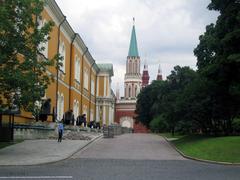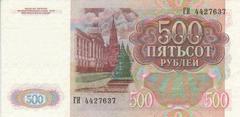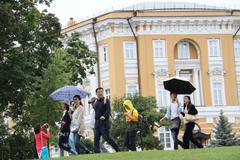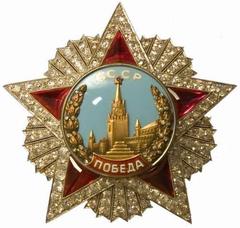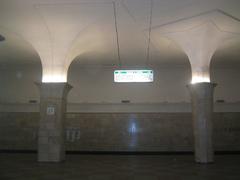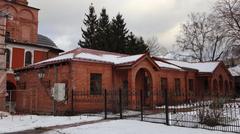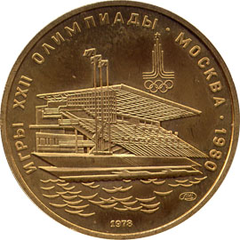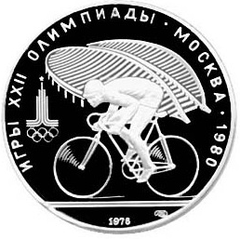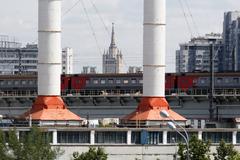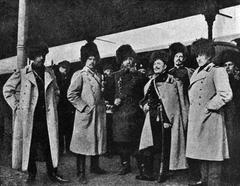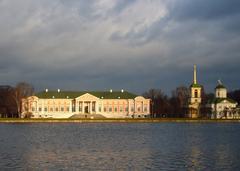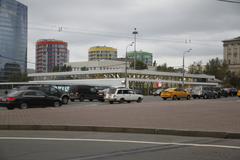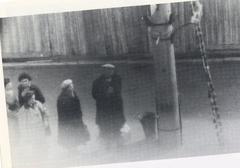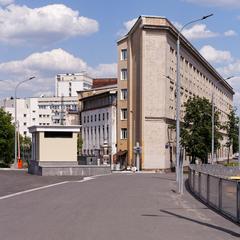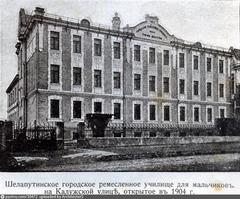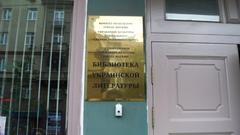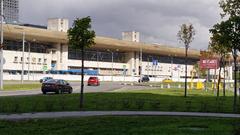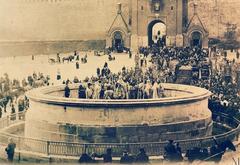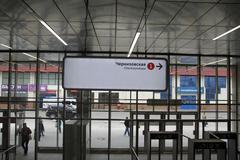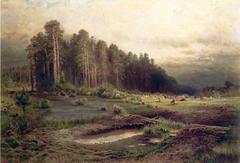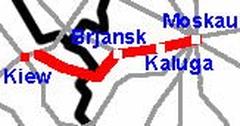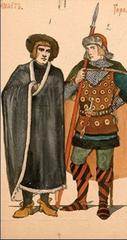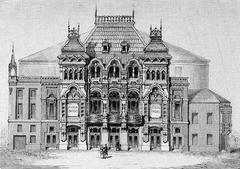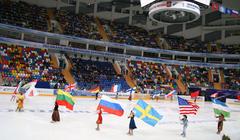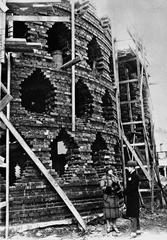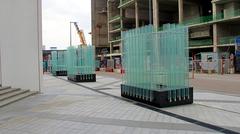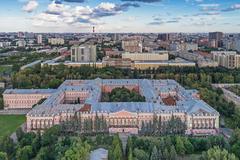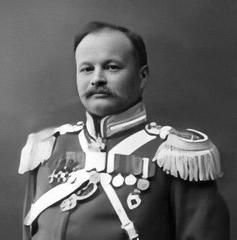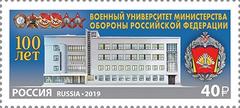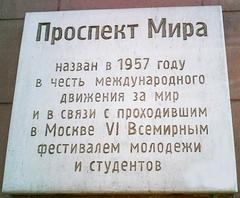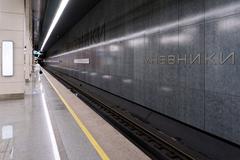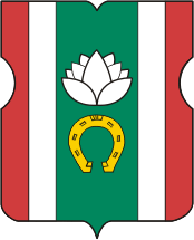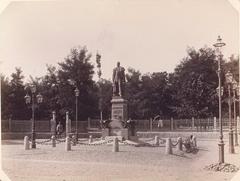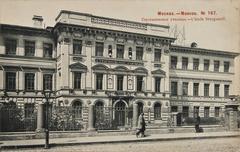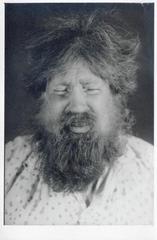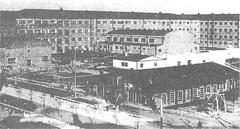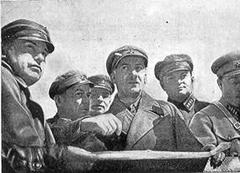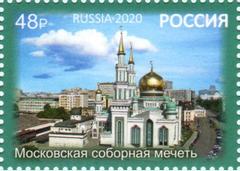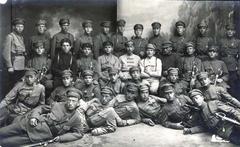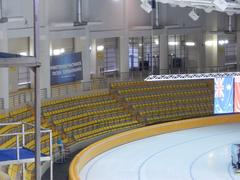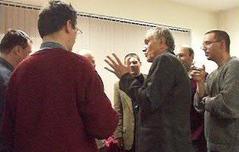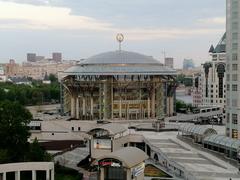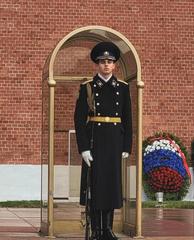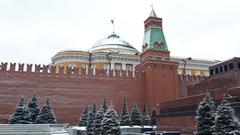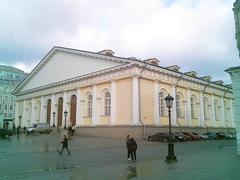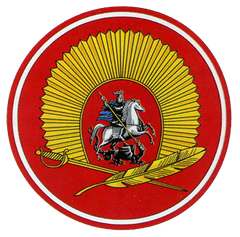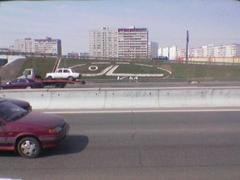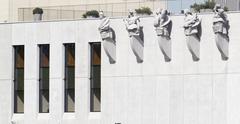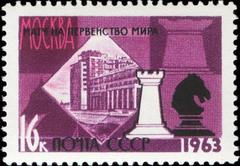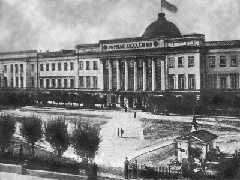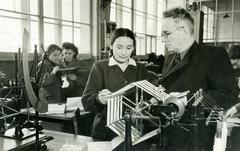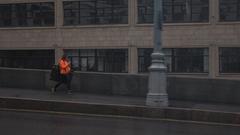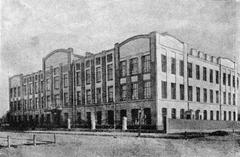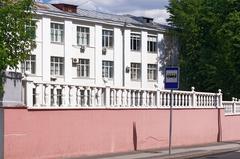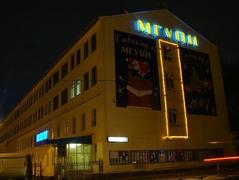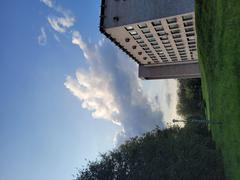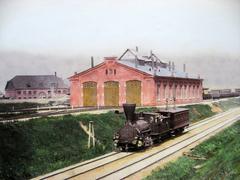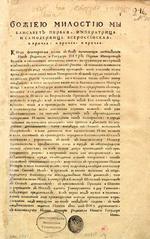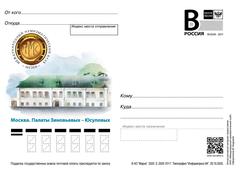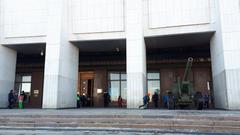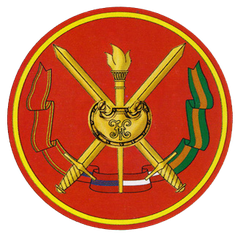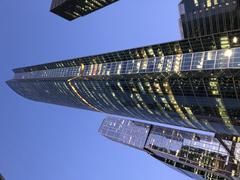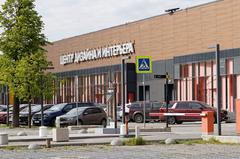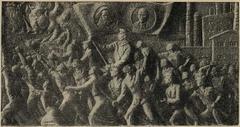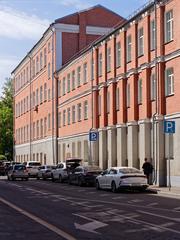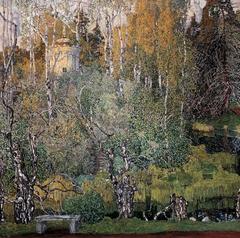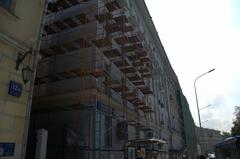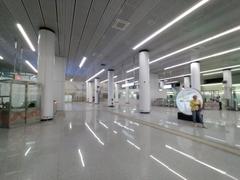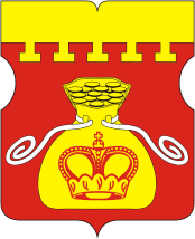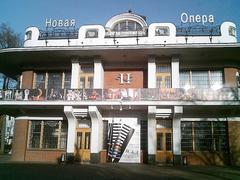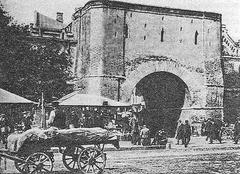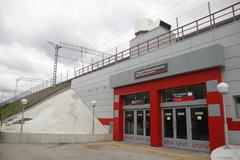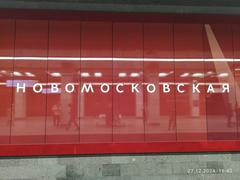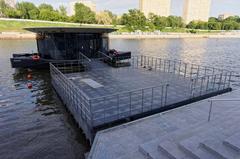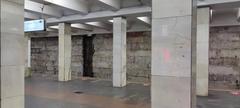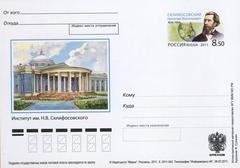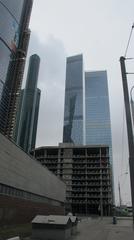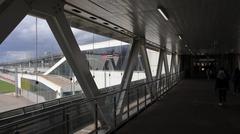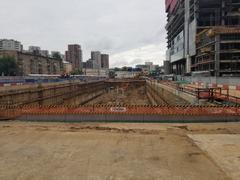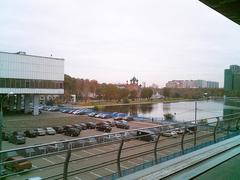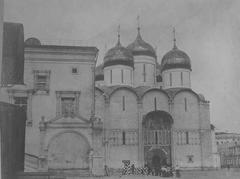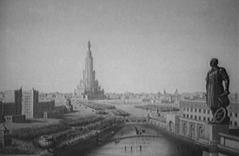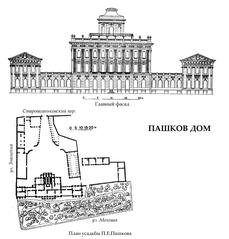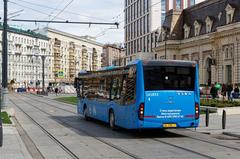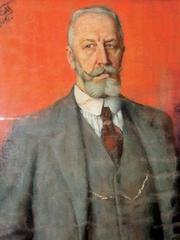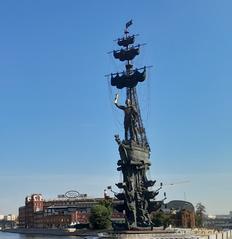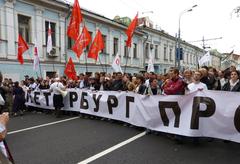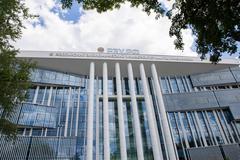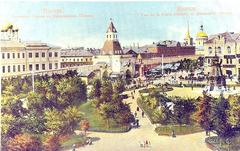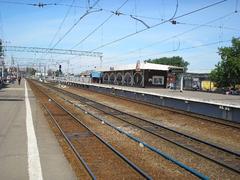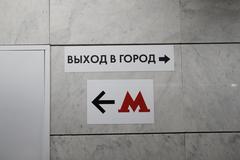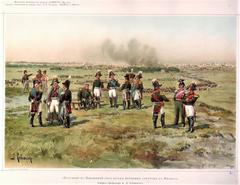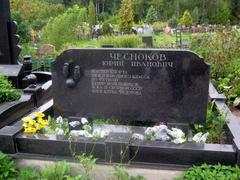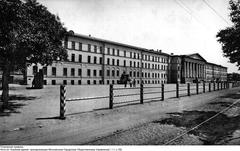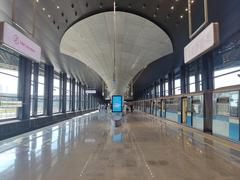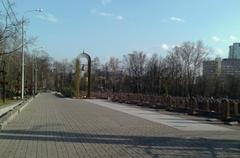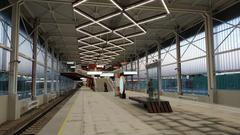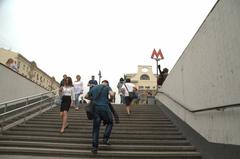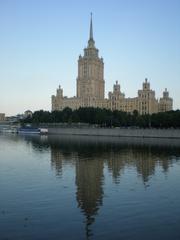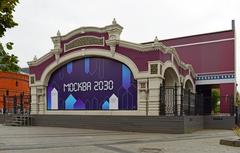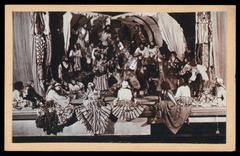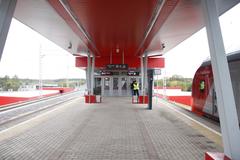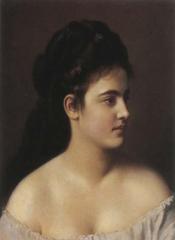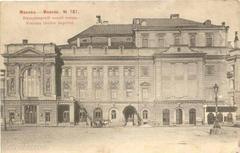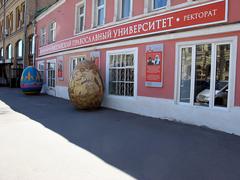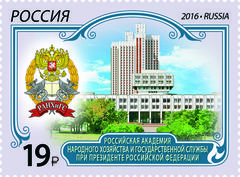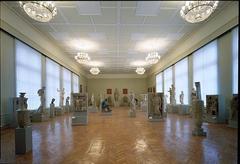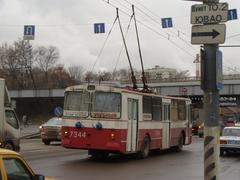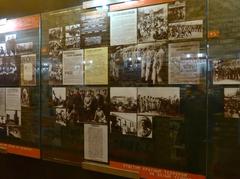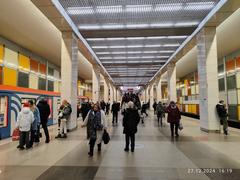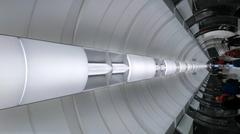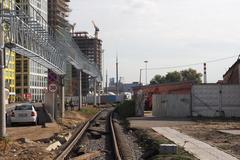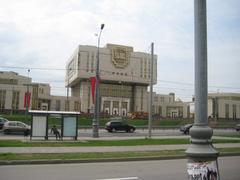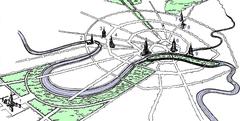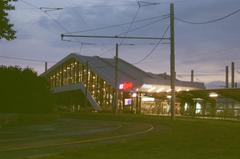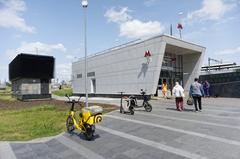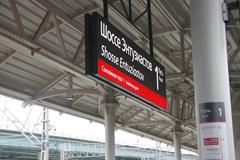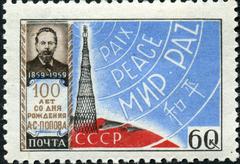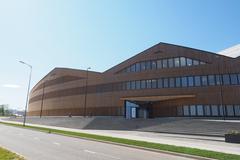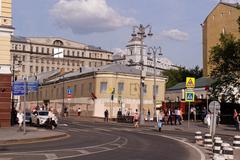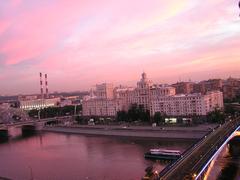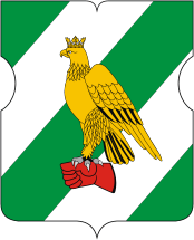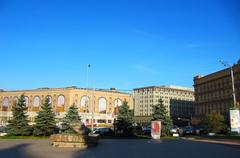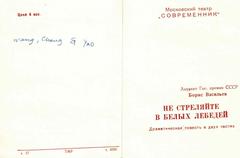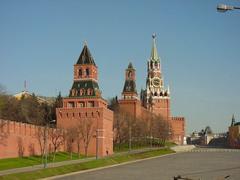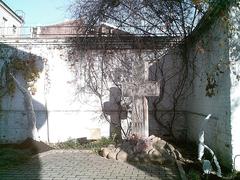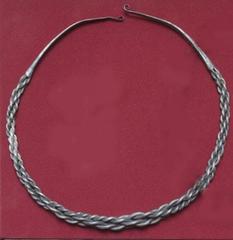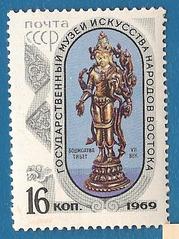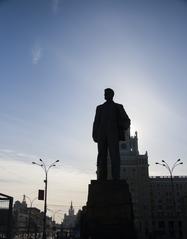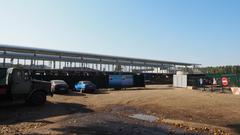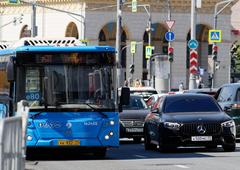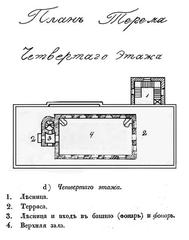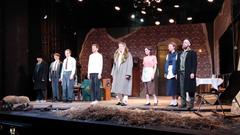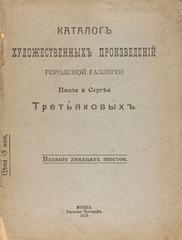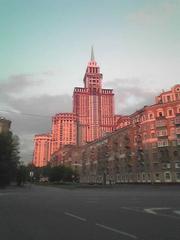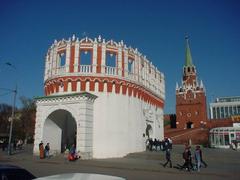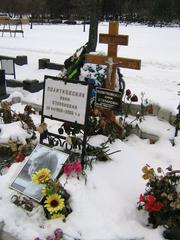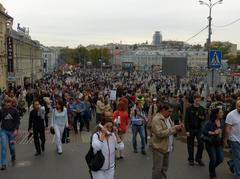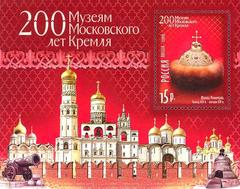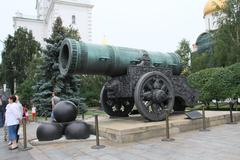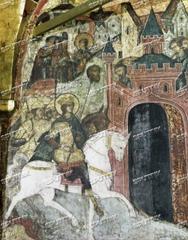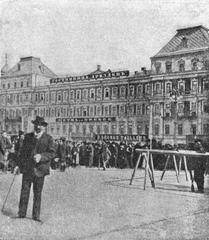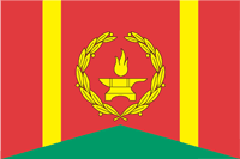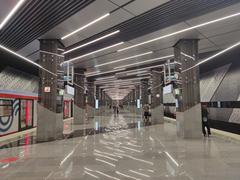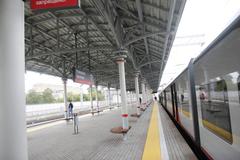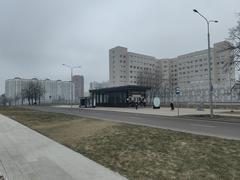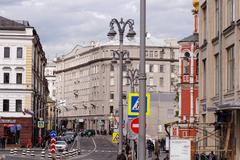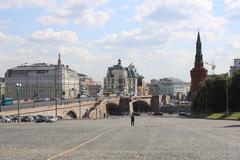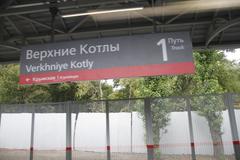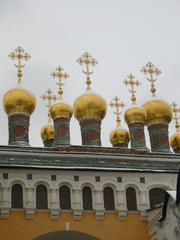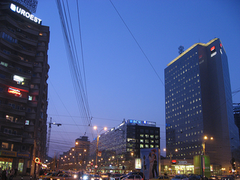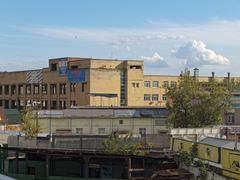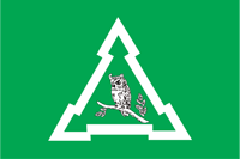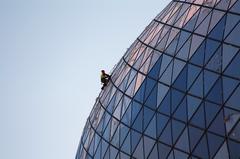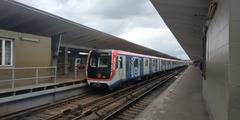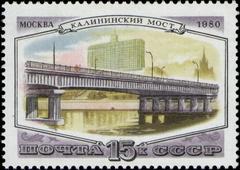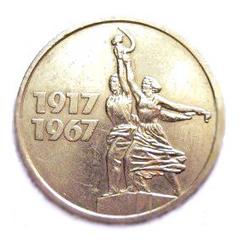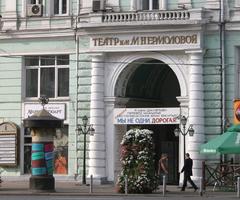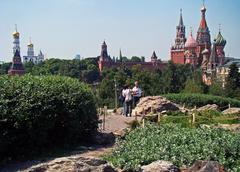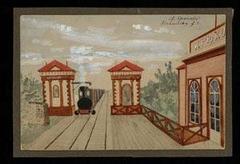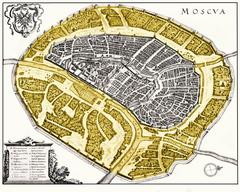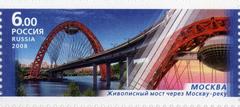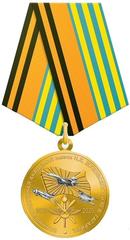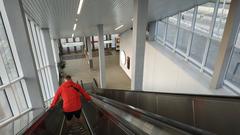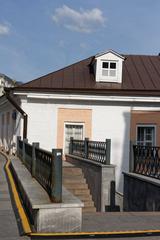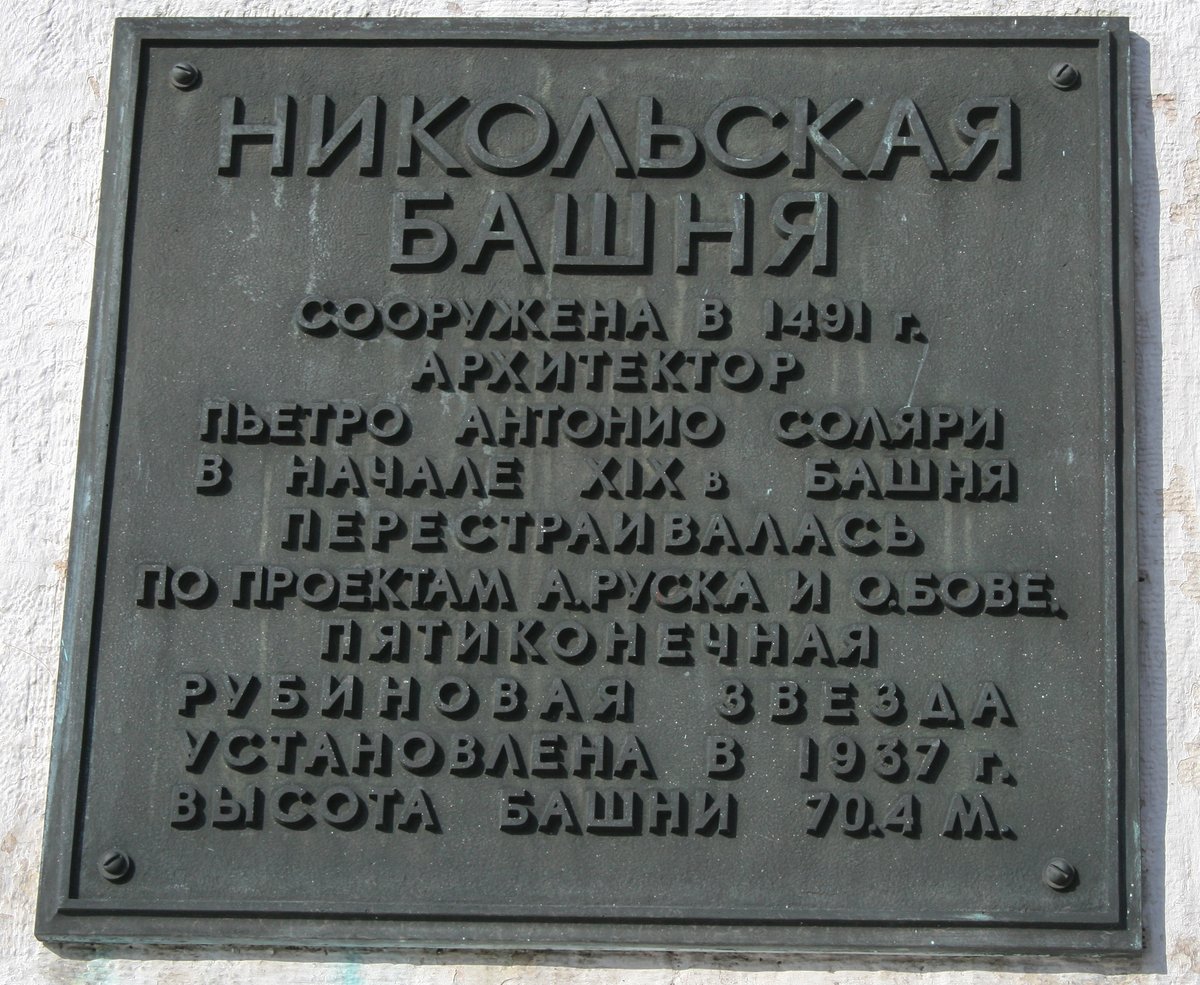
Visiting Hours, Tickets, and Historical Insights of the Moscow Kremlin, Moscow, Russia
Date: 31/07/2024
Introduction to the Moscow Kremlin
The Moscow Kremlin stands as a monumental symbol of Russian heritage, power, and architectural brilliance. This guide offers a comprehensive look into its historical significance, architectural highlights, and practical tips for visitors. Whether you’re a history buff or a curious traveler, this article will help you navigate one of Moscow’s most iconic sites. The Kremlin’s history traces back to the 2nd century BCE and includes significant transformations from a wooden fortification to a stone fortress under the influence of Italian Renaissance architects (Britannica, Wikipedia). Today, it serves as the official residence of the President of Russia and houses a complex of architectural marvels, including palaces, cathedrals, and museums. By exploring this guide, visitors will gain a deeper understanding of the rich history and cultural significance of the Moscow Kremlin, making their visit a truly memorable experience.
Table of Contents
- [Introduction](#introductionintroduction)
- [Historical Background](#historical-backgroundhistorical-background)
- [Early Inhabitants and Initial Fortifications](#early-inhabitants-and-initial-fortificationsearly-inhabitants-and-initial-fortifications)
- [The Rise of Moscow and the First Kremlin](#the-rise-of-moscow-and-the-first-kremlinthe-rise-of-moscow-and-the-first-kremlin)
- [Transformation into a Stone Fortress](#transformation-into-a-stone-fortresstransformation-into-a-stone-fortress)
- [The Italian Renaissance Influence](#the-italian-renaissance-influencethe-italian-renaissance-influence)
- [The Kremlin as a Royal Residence](#the-kremlin-as-a-royal-residencethe-kremlin-as-a-royal-residence)
- [The Kremlin During the Time of Troubles](#the-kremlin-during-the-time-of-troublesthe-kremlin-during-the-time-of-troubles)
- [The Napoleonic Wars and the Kremlin](#the-napoleonic-wars-and-the-kremlinthe-napoleonic-wars-and-the-kremlin)
- [The Soviet Era and Modern Times](#the-soviet-era-and-modern-timesthe-soviet-era-and-modern-times)
- [Architectural Highlights](#architectural-highlightsarchitectural-highlights)
- [Cathedral Square](#cathedral-squarecathedral-square)
- [Assumption Cathedral](#assumption-cathedralassumption-cathedral)
- [Archangel Cathedral](#archangel-cathedralarchangel-cathedral)
- [Annunciation Cathedral](#annunciation-cathedralannunciation-cathedral)
- [The Armoury Chamber](#the-armoury-chamberthe-armoury-chamber)
- [Ivan the Great Bell Tower](#ivan-the-great-bell-towerivan-the-great-bell-tower)
- [The Grand Kremlin Palace](#the-grand-kremlin-palacethe-grand-kremlin-palace)
- [The State Kremlin Palace](#the-state-kremlin-palacethe-state-kremlin-palace)
- [The Tsar Bell and Tsar Cannon](#the-tsar-bell-and-tsar-cannonthe-tsar-bell-and-tsar-cannon)
- [The Patriarch’s Palace and the Twelve Apostles’ Church](#the-patriarchs-palace-and-the-twelve-apostles-churchthe-patriarchs-palace-and-the-twelve-apostles-church)
- [The Terem Palace](#the-terem-palacethe-terem-palace)
- [The Kremlin Gardens](#the-kremlin-gardensthe-kremlin-gardens)
- [Cathedral Square](#cathedral-squarecathedral-square)
- [Visitor Information and Tips](#visitor-information-and-tipsvisitor-information-and-tips)
- [Visiting Hours and Tickets](#visiting-hours-and-ticketsvisiting-hours-and-tickets)
- [Guided Tours and Attractions](#guided-tours-and-attractionsguided-tours-and-attractions)
- [Nearby Attractions and Photographic Spots](#nearby-attractions-and-photographic-spotsnearby-attractions-and-photographic-spots)
- [Special Events](#special-eventsspecial-events)
- [Accessibility](#accessibilityaccessibility)
- [Travel Tips](#travel-tipstravel-tips)
- [FAQ](#faqfaq)
- [Conclusion](#conclusionconclusion)
Historical Background
Early Inhabitants and Initial Fortifications
The site of the Moscow Kremlin has a long history of human habitation, dating back to the 2nd century BCE when it was occupied by Finnic peoples, particularly the Meryans. By the 11th century, Slavic tribes had settled in the southwestern portion of Borovitsky Hill, as evidenced by a metropolitan seal from the 1090s unearthed by Soviet archaeologists (Wikipedia). The Vyatichi, a Slavic tribe, constructed a fortified structure known as a “grad” at the confluence of the Neglinnaya and Moskva Rivers.
The Rise of Moscow and the First Kremlin
The term “Kremlin” was first recorded in 1331, although some sources suggest an earlier appearance in 1320 (Wikipedia). The initial fortifications were significantly expanded by Prince Yuri Dolgorukiy in 1156, who built the first wooden walls. These walls were destroyed by the Mongol invasion in 1237 but were later rebuilt in oak by Ivan I Kalita in 1339 (Britannica).
Transformation into a Stone Fortress
In the mid-14th century, Dmitri Donskoi replaced the oak palisade with a strong citadel of white limestone between 1366 and 1368. This fortification successfully withstood a siege by Khan Tokhtamysh. Dmitri’s son, Vasily I, continued the construction of churches and cloisters within the Kremlin, including the Cathedral of the Annunciation, painted by renowned artists Theophanes the Greek, Andrei Rublev, and Prokhor in 1406 (Wikipedia).
The Italian Renaissance Influence
The Kremlin underwent significant changes in the late 15th century under Ivan III (the Great), who invited Italian architects to Moscow. These architects, including Pietro Solario and Marco Ruffo, designed the Kremlin’s red brick walls and towers, which replaced the deteriorating white limestone structures. The construction of the Kremlin’s current walls and towers was completed by the end of the 15th century (Britannica).
The Kremlin as a Royal Residence
The Kremlin served as the royal residence for Russian tsars and grand princes. The Grand Kremlin Palace, built between 1838 and 1849, became the primary residence of the Russian emperors. This period also saw the construction of the Armoury building in 1851, which now houses a museum with a vast collection of Russian state regalia and treasures (Wikipedia).
The Kremlin During the Time of Troubles
During the early 17th century, the Kremlin experienced its longest foreign occupation when Polish-Lithuanian troops controlled it from 1610 to 1612. This period, known as the Time of Troubles, ended with the expulsion of the foreign forces by a Russian volunteer army (RBTH).
The Napoleonic Wars and the Kremlin
In the early 18th century, the Russian capital was moved to Saint Petersburg, and the Kremlin ceased to be the residence of the tsars. However, during the Napoleonic Wars, the Kremlin was captured by Napoleon’s Grande Armée. While retreating, Napoleon ordered the Kremlin to be blown up, but torrential rain and local efforts prevented most of the explosions, although many buildings were still heavily damaged (RBTH).
The Soviet Era and Modern Times
The Bolsheviks moved the capital back to Moscow in 1918, and the Kremlin once again became the center of Russian political power. During World War II, the red stars on the Kremlin’s towers were turned off to avoid serving as orienteers for German bombers. The Kremlin has been the official residence of the President of the Russian Federation since 1991 (Britannica).
Architectural Highlights
The Kremlin is a complex of architectural marvels, including five palaces, four cathedrals, and the enclosing Kremlin Wall with its 20 towers. Notable structures include the Grand Kremlin Palace, the Armoury Museum, and the Ivan the Great Bell Tower. The Tsar Bell, the largest bell in the world, is displayed on Ivanovskaya Square (Kremlin).
Cathedral Square
Cathedral Square is the heart of the Moscow Kremlin and a focal point for visitors. This historic square is surrounded by several significant cathedrals and buildings, each with its own unique history and architectural style.
Assumption Cathedral
The Assumption Cathedral, also known as the Dormition Cathedral, is one of the most important churches in Russia. Built between 1475 and 1479 by the Italian architect Aristotele Fioravanti, it served as the main church of the Russian state. The cathedral was the site of coronations of Russian tsars and patriarchs. Its interior is adorned with frescoes and icons, making it a must-see for art and history enthusiasts (Kremlin).
Archangel Cathedral
Constructed between 1505 and 1508, the Archangel Cathedral is the burial place for many Russian tsars and princes, including Ivan the Terrible. The cathedral’s architecture combines traditional Russian and Italian Renaissance styles, reflecting the influence of Italian architects invited to Russia during the reign of Ivan III (Kremlin).
Annunciation Cathedral
The Annunciation Cathedral, built between 1484 and 1489, was the private church of the Russian tsars. It is known for its beautiful frescoes and icons, many of which were created by the famous Russian icon painter Andrei Rublev. The cathedral’s golden domes and intricate iconostasis are particularly striking (Kremlin).
The Armoury Chamber
The Armoury Chamber is one of the oldest museums in Russia, housing a vast collection of treasures accumulated by the Russian state over centuries. The museum’s exhibits include state regalia, ceremonial weapons, armor, carriages, and the famous Fabergé eggs. Visitors can marvel at the opulence and craftsmanship of these historical artifacts (Kremlin).
Ivan the Great Bell Tower
The Ivan the Great Bell Tower is a prominent feature of the Kremlin skyline. Built in the early 16th century, it served as the main watchtower and bell tower of the Kremlin. The tower stands at 81 meters tall and offers panoramic views of Moscow from its observation deck. The bell tower complex also includes the Assumption Belfry and the Filaret Annex, which house a collection of historic bells (Kremlin).
The Grand Kremlin Palace
The Grand Kremlin Palace, constructed between 1837 and 1849, was the residence of the Russian tsars and is now used for official state ceremonies. The palace’s opulent interiors, including the St. George’s Hall and the Hall of Facets, showcase the grandeur of Russian imperial architecture. While the palace is not always open to the public, guided tours are occasionally available (Kremlin).
The State Kremlin Palace
The State Kremlin Palace, also known as the Kremlin Palace of Congresses, was built in 1961 during the Soviet era. It is a modernist building used for official events, concerts, and performances. The palace’s main auditorium can seat up to 6,000 people, making it one of the largest venues in Moscow. Visitors can attend various cultural events and performances held here throughout the year (Kremlin).
The Tsar Bell and Tsar Cannon
The Tsar Bell and Tsar Cannon are two of the most famous attractions within the Kremlin. The Tsar Bell, cast in 1735, is the largest bell in the world, weighing approximately 200 tons. Although it has never been rung due to a large crack, it remains an impressive sight. The Tsar Cannon, cast in 1586, is one of the largest cannons ever made. Despite its size, it was never used in battle and serves as a symbol of Russian military might (Kremlin).
The Patriarch’s Palace and the Twelve Apostles’ Church
The Patriarch’s Palace, built in the mid-17th century, was the residence of the Patriarch of the Russian Orthodox Church. The palace complex includes the Church of the Twelve Apostles, which features beautiful frescoes and icons. The museum within the palace showcases artifacts related to the history of the Russian Orthodox Church and the daily life of the patriarchs (Kremlin).
The Terem Palace
The Terem Palace, part of the Grand Kremlin Palace complex, is one of the oldest surviving buildings in the Kremlin. Built in the early 17th century, it served as the private residence of the Russian tsars. The palace’s richly decorated interiors, including the Golden Tsaritsa’s Chamber and the Terem Churches, offer a glimpse into the opulent lifestyle of the Russian royalty (Kremlin).
The Kremlin Gardens
The Kremlin Gardens, including the Alexander Garden, are a series of beautifully landscaped gardens surrounding the Kremlin walls. The gardens are a popular spot for both tourists and locals to relax and enjoy the scenery. Notable features include the Tomb of the Unknown Soldier, the Romanov Obelisk, and various statues and fountains. The gardens provide a peaceful contrast to the bustling city outside the Kremlin walls (Kremlin).
Visitor Information and Tips
Visiting Hours and Tickets
The Kremlin is open to the public, but certain areas may be restricted due to official functions. It is advisable to purchase tickets in advance and plan the visit to avoid long queues. For the most current visiting hours and ticket prices, visit the official Kremlin website.
Guided Tours and Attractions
Visitors can explore various attractions within the Kremlin, including the Armoury Museum, the Cathedral of the Annunciation, and the Ivan the Great Bell Tower. Guided tours are available and highly recommended to gain a deeper understanding of the site’s historical and cultural significance.
Nearby Attractions and Photographic Spots
The Kremlin is situated in the heart of Moscow, close to other significant attractions such as Red Square, St. Basil’s Cathedral, and the State Historical Museum. These spots offer excellent opportunities for photography and further exploration.
Special Events
Throughout the year, the Kremlin hosts various cultural and official events. Check the official website for updates on special events during your visit.
Accessibility
The Kremlin is partially accessible to visitors with disabilities. Ramps and elevators are available in some areas, but it is advisable to check specific accessibility options beforehand (Kremlin).
Travel Tips
- Tickets and Admission: Tickets for the Kremlin can be purchased online through the official Kremlin website or at the ticket office in Alexander Garden. It is advisable to book tickets in advance, especially during peak tourist seasons.
- Guided Tours: Only certified guides are allowed to conduct tours within the Kremlin. Guided tours are available in multiple languages and can provide valuable insights into the history and significance of the various attractions (Kremlin).
- Photography: Photography is allowed in the exterior areas of the Kremlin, but it is prohibited inside the Armoury Chamber and the cathedrals. Visitors should respect these rules to avoid any issues with security personnel (Kremlin).
- Opening Hours: The Kremlin is open from 10 a.m. to 5 p.m. daily, except on Thursdays when it is closed to visitors. It is recommended to arrive early to avoid long queues at the entrance (Kremlin).
- Security: Due to the Kremlin’s status as a working government complex, security is tight. Visitors should be prepared for security checks and follow all guidelines provided by the staff (Kremlin).
FAQ
Q: What are the opening hours of the Moscow Kremlin?
A: The opening hours vary, so it’s best to check the official Kremlin website for the most accurate information.
Q: How much do tickets to the Kremlin cost?
A: Ticket prices vary depending on the attractions you wish to visit. Detailed pricing is available on the official Kremlin website.
Q: Are there guided tours available?
A: Yes, guided tours are available and are highly recommended for a comprehensive understanding of the Kremlin’s history and significance.
Q: Can I take photographs inside the Kremlin?
A: Photography is allowed in exterior areas but prohibited inside the Armoury Chamber and the cathedrals.
Conclusion
By understanding the rich history and significance of the Moscow Kremlin, visitors can fully appreciate this iconic symbol of Russian heritage and power. Don’t forget to check out other related posts and follow us on social media for more updates. Enjoy your visit!
Sources and Further Reading
- Wikipedia. (n.d.). Kremlin. Wikipedia
- Encyclopedia Britannica. (n.d.). The Kremlin. Britannica
- Kremlin. (n.d.). Visit to Kremlin - What to See. Kremlin

